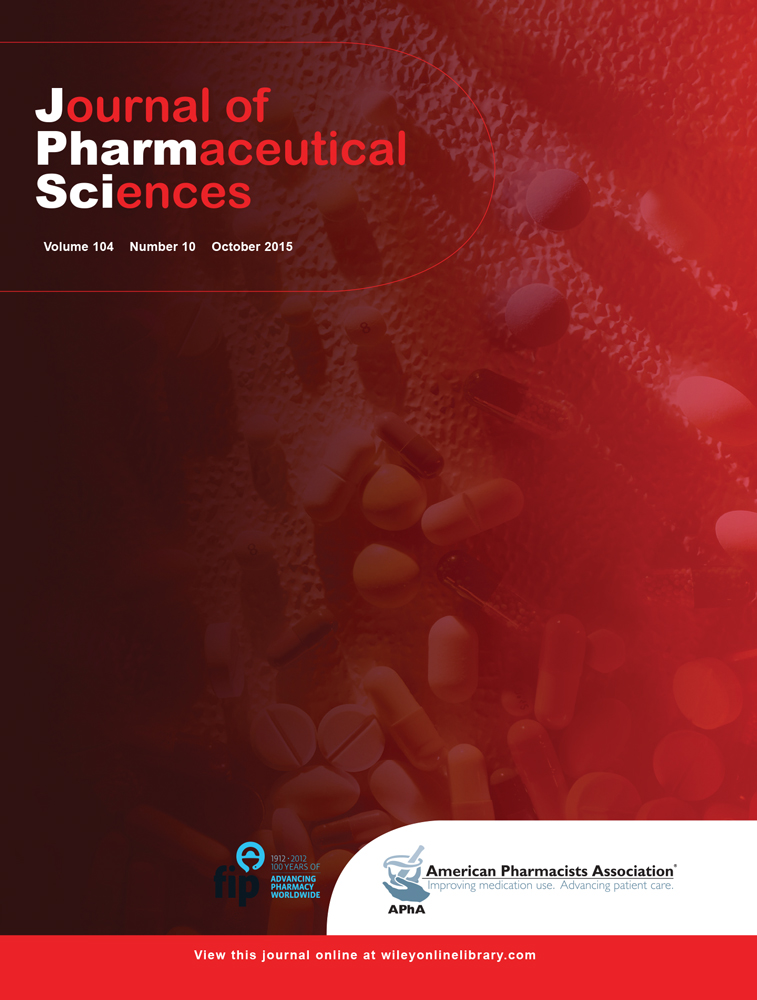Continuous Processing of Active Pharmaceutical Ingredients Suspensions via Dynamic Cross-Flow Filtration
Abstract
Over the last years, continuous manufacturing has created significant interest in the pharmaceutical industry. Continuous filtration at low flow rates and high solid loadings poses, however, a significant challenge. A commercially available, continuously operating, dynamic cross-flow filtration device (CFF) is tested and characterized. It is shown that the CFF is a highly suitable technology for continuous filtration. For all tested model active pharmaceutical ingredients, a material-specific strictly linear relationship between feed and permeate rate is identified. Moreover, for each tested substance, a constant concentration factor is reached. A one-parameter model based on a linear equation is suitable to fully describe the CFF filtration performance. This rather unexpected finding and the concentration polarization layer buildup is analyzed and a basic model to describe the observed filtration behavior is developed. © 2015 Wiley Periodicals, Inc. and the American Pharmacists Association J Pharm Sci 104:3481–3489, 2015




